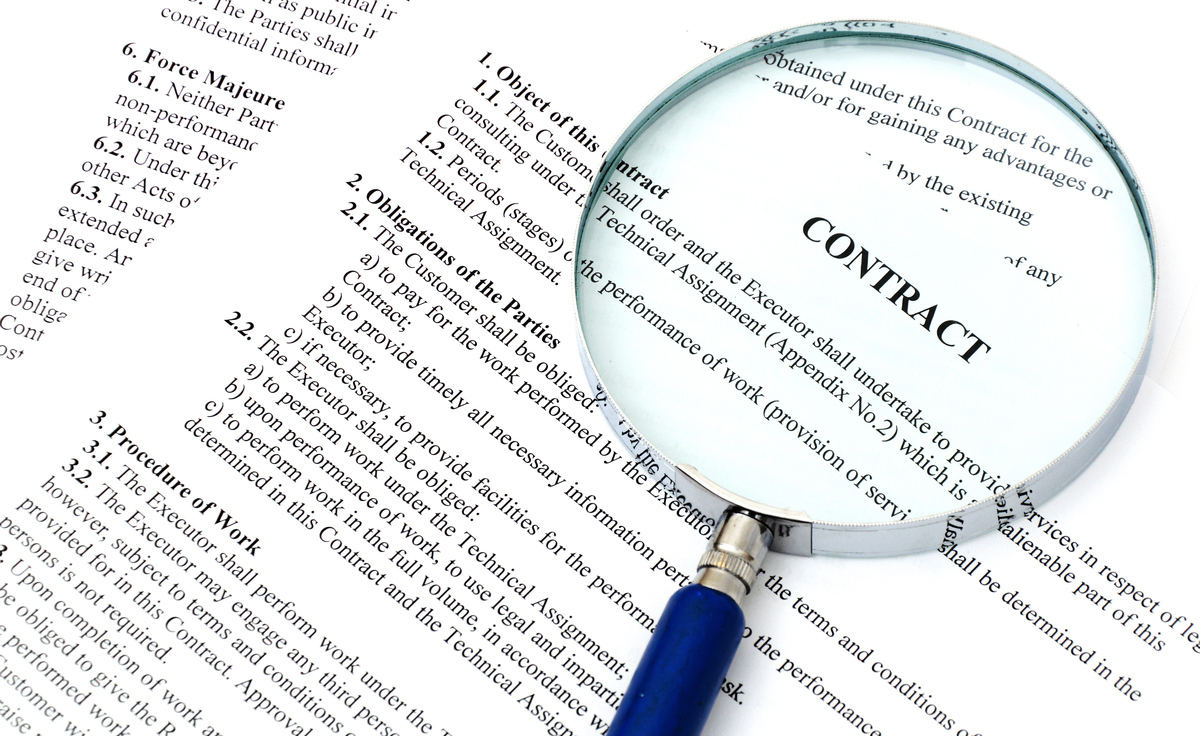Lease Data: A Powerful Tool for Managing Through the Pandemic

As the coronavirus pandemic continues to surge and experts predict the crisis will last well after a vaccine is widely available, tenants, asset owners/managers and investors/investment managers are recognizing the importance of proactively managing the significant long-term impacts on their businesses.
In the initial months of the pandemic (Phase One), organizational leaders instituted immediate, short-term measures such as rent deferrals and loan forbearance. Now, more than half a year later (Phase Two), they are grappling with longer-term challenges and exploring a variety of options to get their operations back on track for what is expected to be a lengthy, possibly multi-year, recovery. These options range from renegotiating lease terms, continuing to defer rent, closing stores and foreclosing.
To make well-informed, fact-based decisions, real estate executives are relying on key information in lease agreements. As important as this information is during normal times, it’s arguably even more important in today’s tough environment - companies that can easily access, modify and report on trusted lease data have the advantage.
Single source of truth
Leases are the single source of truth. In addition to providing an understanding of basic financial terms and expectations, they contain the sometimes less obvious rights and obligations that all stakeholders must consider as they pursue their go-forward recovery planning. These stakeholders encompass a variety of industry participants - from the tenants who hold the leases to the landlords who count on them for successfully running their core business to investors and lenders who depend on them to make investment and loan decisions.
- Tenants want to understand their costs, obligations and rights
- Landlords want to understand cash flow certainty and their ability to enforce lease provisions
- Investors/lenders want to understand portfolio risk, cash flow and expected performance

Why leases are so important
Leases define the financial expectations as well as the legal rights and obligations of stakeholders. They provide the foundational structure that all parties can use for accurate analysis and scenario planning assumptions and forecasts, especially in the current period of performance stress. Key information in leases includes but is not limited to:
- Revenue: Base rent, CAM, real estate taxes, insurance and utilities, parking, after-hours usage
- Landlord/Tenant Rights: Co-tenancy provisions, assignment, defaults, force majeure
- Sales Performance: Period performance, overage payments
- Other: NAICS classifications which enable sector risk analysis (e.g., fast-fashion is riskier than essential businesses like grocery stores), guarantor’s level of obligation - individual or corporate
According to RealFoundations’ 2018 Global Lease Count Study, there are an estimated 3.5 million CRE leases globally. Most will now have to be adjusted because of COVID-19 fallout.

Consider the United States alone which has nearly 800,000 commercial leases. Although some sectors are taking a harder hit than others from the virus (e.g., retail is suffering more than industrial), over half of the country’s leases will have to be renegotiated and modified. Assuming multiple changes to each lease, that’s a huge number of contractual revisions. RealFoundations estimates the number of affected leases as follows.

All the adjusting is based on what’s in the leases and the changes occur in those documents. The documents are the one source of information that all stakeholders can agree to and use as a basis for projections and decisions.
The primacy of lease clauses
While “dates and dollars” are typically clearly articulated in lease contracts, clauses that define tenants’ and landlords’ rights and obligations have become an increasing focus since the pandemic for go-forward discussions between tenants and landlords, on the one hand, and asset owners and lenders, on the other. Although the devil is in the details of individual lease clause language, a number of trends have emerged over common pivotal clauses. Some clauses have raised issues currently being litigated in the courts. At this juncture, here is a sampling of key clause and lease interpretations in play.
- Force majeure: There are no clear “winners” on this topic as contradictory rulings all but ensure continued legal efforts depending on which side of a ruling one sits. However, most provisions and rulings note that a force majeure clause generally doesn’t negate payment obligation – it only allows for delays.
- Co-tenancy: Rent negotiations now frequently include “give back” of co-tenancy rights for favorable negotiating treatment.
- Business interruption insurance: To date, there’s been very limited recognition of insurance claims for pandemic-related business interruption. Most insurance companies note the need for “physical damage” in their underlying rational.
- Deferrals instead of abatements: While some abatement of common area maintenance charges have been granted, most renegotiations conclude with deferral of rent owed, not cancelation of obligations.
- Restaurants shift to percentage rent: With restaurants significantly impacted, those strong enough to succeed with partial opening levels have moved to percentage-of-sales rental agreements – only a partial victory for restauranteurs and landlords alike, but better than going dark.
- Forbearance agreements: Many include up-to-date lease data (rent roll, cash flow, sales) requirements, to confirm borrowers’ efforts at stabilizing operations. Lender patience with forbearance agreements will be tested as the recovery is drawn out.
Five essential capabilities
Clearly, to make sound business decisions and plans, organizations need a thorough understanding of their rights and obligations under all their leases. So, it’s essential to be able to access reliable lease data for quick decision-making. There are five essential capabilities that companies must have to derive maximum value from their lease data in support of recovery planning efforts:
- Up-to-date property management applications: An organization’s software and overall technology landscape have to be able to support capture and use of new data elements (e.g., COVID-19 rent deferral codes, NAICS) essential for effective recovery planning.
- Data fitness: Accurate, timely, complete, consistent and compliant data leads to better decision-making. For more information about data fitness, please see this complementary article, written by RealFoundations.
- Rapid updating: As the pandemic plays out and the economy recovers, even if incrementally, organizations need the ability to update asset performance in real time (or close to it) because this data supports revised analysis and scenario modeling.
- Automated data movement: Minimizing human interaction improves data quality and reliability.
- Forecast modeling: While leases can provide the data, analytical modeling is required for formulating and executing strategy as well as making adjustments as warranted by changing circumstances. The modeling must be based on an organization’s current performance and outcomes as well as marketplace trends, all of which are highly dynamic.
This Week’s Sponsor
RealFoundations is the world's foremost professional services firm focused solely on the real estate industry. Through our delivery of Management Consulting and Managed Services, we help companies that develop, own, operate, service or invest in real estate make better, more profitable decisions. We are proud partners to over 450 real estate companies around the globe, providing accelerated solutions that solve some of real estate's most complex challenges. We Make Real Estate Run Better.
Read Next
 3/27/2025
3/27/2025
The Convergence of Edge Computing, Cloud, and AI in Building Automation and Smart Buildings In the built environment, we have seen the convergence of Operational Technology (OT) and Information Technology (IT), later expanding to include Workplace Technologies (WP).
 3/27/2025
3/27/2025
DC Power: A Holistic Approach to Energy Savings in Commercial Buildings In today's energy-conscious world, businesses constantly seek ways to reduce their carbon footprint and operational costs.
 3/13/2025
3/13/2025
How to Achieve Eco-Friendly Facility Management Commercial real estate operators and facility managers are focusing on sustainable practices to minimize environmental impact, create healthier workplaces, improve productivity and lower operational costs.
 1/23/2025
1/23/2025
When It Comes To Managing Properties’ Parking, Technology Is Key It’s easy for developers and real estate owners to think of parking as a necessary evil. They know they have to provide it (often, because it’s mandated by code), they understand that prospective tenants and buyers expect to be provided parking, but they haven’t figured out how to maximize its value.



.gif)








